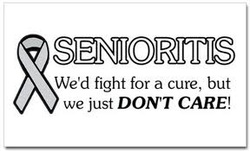
I currently am learning about the affliction known as Senioritis. I had long thought that I had contracted Senioritis during freshman year, as I suddenly became unmotivated and lazy. However true Senioritis is on a scale unimaginable to one who has not experienced it. The depth of my apathy is unfathomable, and my
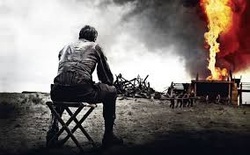
Recently I received some extra credit for a movie, and it taught me the value of self-advocacy and opportunism. We had a movie scheduled for the week but no-one was prepared, so Ben and I decided to partner up and we put on "There Will Be Blood" for extra credit. The extra credit was a product of my persuasive finesse, though, which is where self-advocacy came into play

Since "The Lord of the Rings" comes in a trilogy, the groups showing each movie decided to form a fishbowl coalition and present their movies as a single supergroup. This worked very well except that a lot of the people who were left hadn't really watched the movie or thought about it, and were reluctant to or refused to answer our questions. This meant that the six of us had to coax answers to questions that we were pulling from the top of our heads out of around thirty people in an hour. This helped me learn how hard it is to
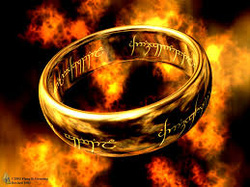
In class we recently watched the "Lord of the Rings" trilogy (My partner and I were responsible for "The Two Towers") and I realized again how much I enjoy those books and movies. The symbolism never stops, especially the ones relying on Biblical allusions. The conflicts are complex and simple at the same time, with a simple good vs. evil overreaching conflict but with a lot of questioning gray area in many characters. There is also a lot of conservationist imagery in the stories, the forest that fights back and the diversity of Middle Earth dwindling specifically. There was just so much work that went into making Middle Earth an incredibly detailed, compl
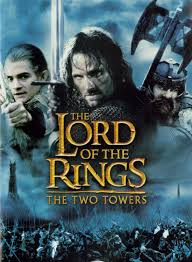
Nick and I recently showed our movie to the class, "Lord of the Rings: The Two Towers" and it actually involved a decent amount of work. To begin our movie every day we had to get the class quiet, a task for which I learned you just have to speak loudly, but not yell. Furthermore we had to watch for literary elements in the
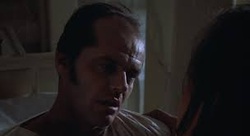
After Nurse Ratched causes Billy to commit suicide, McMurphy tries to kill Ratched. This causes Ratched to recommend that the hospital lobotomize McMurphy, which they do. McMurphy's friend then smothers him, feeling that McMurphy is already dead and the husk of his body is just an insult to his memory. This part of the story is controversial and is ultimately the central protest of the author's message. He is saying that mental institutions need to treat their patients like people, not take the soul from them.
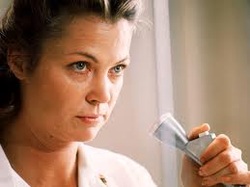
In "One Flew Over the Cuckoo's Nest" there is one pair of foils which makes up the entire plot; that is McMurphy and Ratched. McMurphy is a convict who got himself sent to the mental hospital to get out of prison work, and Ratched, or Nurse Ratched, is the head nurse in the ward where McMurphy was sent. Ratched brings out McMurphy's disdain of authority, his fun and outgoing nature, as well as his treatment of the patients as human beings. McMurphy brings out Ratched's rigidity, her resistance to change, her lack of respect for the patients, and her manipulative nature.

We recently watched the movie of "One Flew Over the Cuckoo's Nest" and I was very moved by it. This story is especially poignant to me because I have worked with/known disabled people since I've been five years old. This is through my mother's employment at the Ann Arbor Academy, a school for kids with many of the same problems as the people that we saw locked away in a brutal hospital only twenty years ago. The type of care that the book and movie advocate is exactly what the Ann Arbor Academy employs as well.
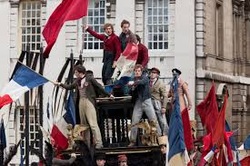
I was interested by the grand effect that the music of Les Miserables had on me. I thought that the anthems and chorus were especially effective during crowd scenes, giving a voice to the people and expressing their collective feelings much more efficiently than dozens of lines of dialogue. I was not as moved by some of the one on one scenes where there was singing. Many of these were unnecessary in my opinion, and would have better served the audience as dialogue. Specifically, the scene where Valjean is telling Cosette that they must leave the city, they sing a mundane conversation and then break into their theme songs when they run out of things to sing about.
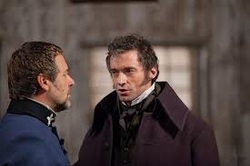
Jean Valjean and Javert are good examples of character foils in Les Miserables. Valjean brings out the rigidity of Javert's policies and his lack of empathy. Javert brings out Valjean's goodness, in spite of the law, and reminds us that he is indeed a criminal. Another example of character foils in Les Miserables is between Cosette and Eponine. Cosette brings out Eponine's love of Marius, her loyalty, as well as her dark past and tortured nature. Eponine in turn brings out Cosette's innocence, naivete, and purity.










 RSS Feed
RSS Feed